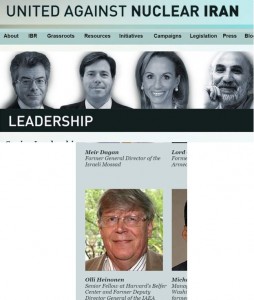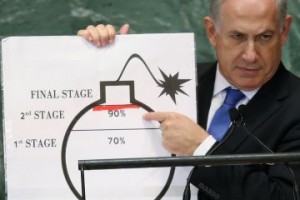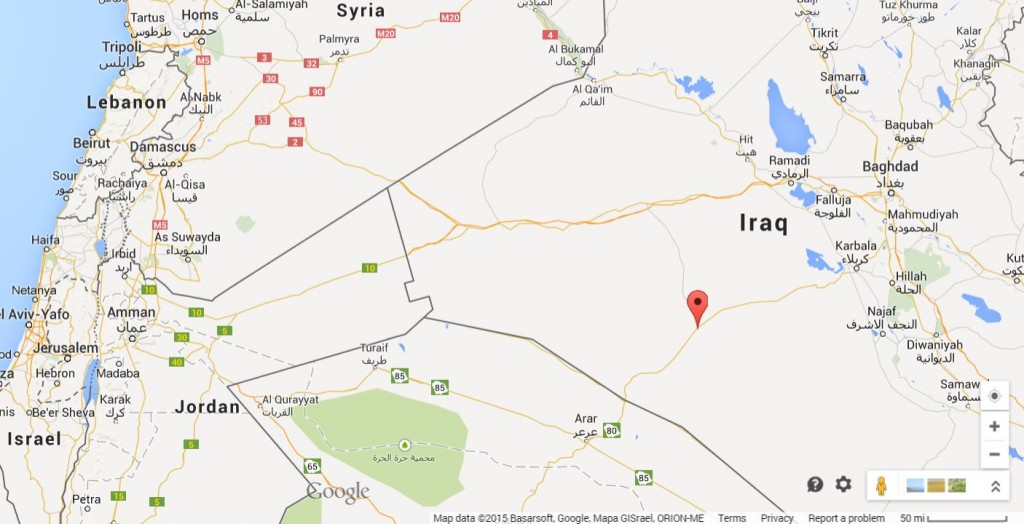Heinonen Moves Deceptive Anti-Iran Campaign from Washington Post Opinion Page to New York Times News Page

Composite figure of partial screengrabs from the Leadership page for United Against Nuclear Iran showing Heinonen’s role as a member of its Advisory Board. Remarkably, Heinonen prefers not to note this role while his spouting his strongest anti-Iran positions.
Last week, I called attention to the fact that in printing an op-ed by Olli Heinonen (co-authored by Michael Hayden and Ray Takeyh), the Washington Post failed to disclose Heinonen’s position on the advisory board of the anti-Iran group United Against Nuclear Iran. One week later, the Post still has not corrected its identification of Heinonen. Today, we see that Heinonen’s deceptive anti-Iran campaign continues, where he appears as a key expert quoted in a front page New York Times article by David Sanger and Michael Gordon. Once again, Heinonen is only identified by his previous IAEA and current Harvard roles, ignoring his more relevant current role with UANI.
Ironically, today’s Times story is a follow-up to a story in November in which Sanger committed a glaring error which still has not been noted by the Times. Heinonen’s co-conspirator from the Post op-ed, Ray Takeyh, also makes an appearance in today’s Sanger and Gordon article, suggesting that their propaganda will remain as a package deal for the duration of the P5+1 negotiations.
Note also that last Monday, the defamation case by Victor Restis against UANI was thrown out by a district court after the Department of Justice successfully intervened to have the case quashed under a claim that state secrets would have been divulged. Writing in Bloomberg View, Noah Feldman mused:
What makes matters worse is the lingering possibility, indeed probability, that what the government fears is not a true threat to national security, but a severe case of embarrassment. It’s difficult to escape the conclusion that United Against is a front organization for U.S. intelligence, possibly acting in conjunction with other foreign intelligence services. The allegation that Restis was doing business in Iran seems almost certain to have come from one of these intelligence services. Would acknowledging cooperation between, say, the Central Intelligence Agency and Mossad regarding Iran really upend national security? True, it’s a delicate time in the Iran nuclear negotiations. But no one, least of all the Iranians, doubts that U.S. and Israeli intelligence collaborate.
Though Feldman notes that it seems obvious there is an intelligence conduit between the CIA and/or Mossad and UANI and he even notes that disclosing this now would be awkward for the P5+1 negotiations, he should have gone further to note that this intelligence link, and the subsequent selective leaks, seem aimed to disrupt those negotiations and prevent an agreement.
In that same vein, it should be noted that the Sanger and Gordon article focuses only on barriers to an agreement. In addition to Heinonen and Takeyh, the article also sought out comment from John Boehner. No comment was offered in the article from anyone favoring an agreement or suggesting that Iran has abided by the terms of the interim agreement (although they do note IAEA has reported this cooperation) despite Boehner’s protestation that the Iranians don’t keep their word.
Further, Sanger and Gordon write that Heinonen published a paper on the breakout time needed for Iran to enrich enough uranium to weapons grade to produce a bomb. As a scientist, when I read that someone has published a paper, I assume that means it has appeared in a peer-reviewed journal. Following the link in the Times article for Heinonen’s “paper”, though, brings one to the website for a think tank, where Heinonen’s piece is only referred to as a fact sheet. [And, true to form, the site mentions Heinonen’s former IAEA role but not his current UANI role.]
It is impossible for me to escape the conclusion that Olli Heinonen and Ray Takeyh are part of an organized propaganda campaign aimed at disrupting the P5+1 talks and preventing an agreement. This propaganda is eagerly published by a compliant press, with the New York Times, Washington Post and AP among the most recent examples I have noted.
It is long past time for Heinonen to list his UANI affiliation in all his public pronouncements. His refusal to do so can only be seen as deception on his part and an effort to lend IAEA and Harvard credence to UANI propaganda.
Update: The US has disputed the central claim of the Sanger and Gordon article at the heart of this post. Sanger and Gordon report on that here.




